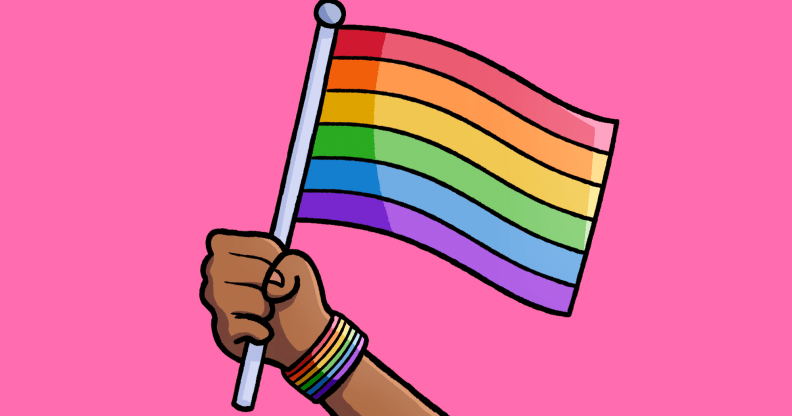San Francsico mourns loss of gaybourhoods

The Castro district in the Californian city of San Francisco is losing its sense of gay identity, say community leaders, and the same is reportedly happening across the United States.
Chain stores and babies are replacing cruising sites and sex shops, according to residents, and it’s down to three things: gentrification, an influx of heterosexual couples, and the feeling among the gay community that they do not need to live in ghettos anymore.
“What I’ve heard from some people is, ‘we don’t need the Castro anymore because essentially San Francisco is our Castro,'” Don Romesburg, co-chairman of the GLBT Historical Society, told Associated Press.
“Gaybourhoods,” such as Chelsea in New York and Dupont Circle in Washington, are losing their relevance as gays win greater legal rights and social acceptance.
In the case of Dupont Circle, increased rent forced the closure of small independent shops, only for them to be replaced by mainstream chain stores.
According to Don Reuter, a writer researching the rise and fall of gay neighbourhoods, the same is happening all over the US.
As the fear of AIDS has eased, “gay ghettos” have become attractive to developers and investors trying to encourage families back to city centres.
“What makes these neighbourhoods gay?” he asked AP reporter Lisa Leff.
“Not much.”
Other factors are also contributing to the decline of “gaybourhoods.”
The ease with which potential partners can meet on the internet has had financial consequences for gay bars, and many younger gay people are now more comfortable mixing with different genders and sexual orientations.
Castro residents should not lose heart just yet though.
San Francisco remains the unofficial gay capital of America, with gays making up over 15 percent of its population.
And the Castro district still has the nations second-highest concentration of same-sex couples, just behind the Cape Cod resort of Provincetown, Massachusetts.

